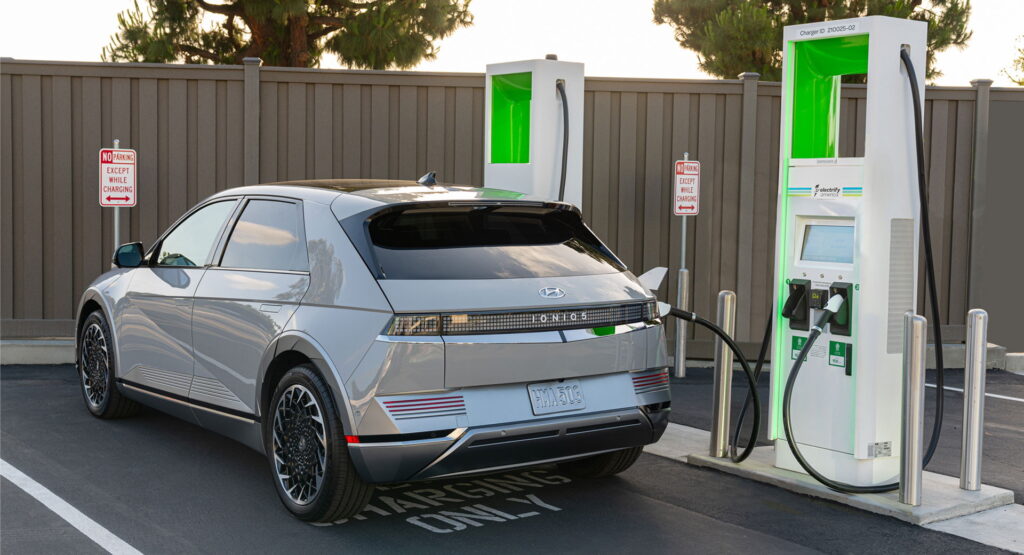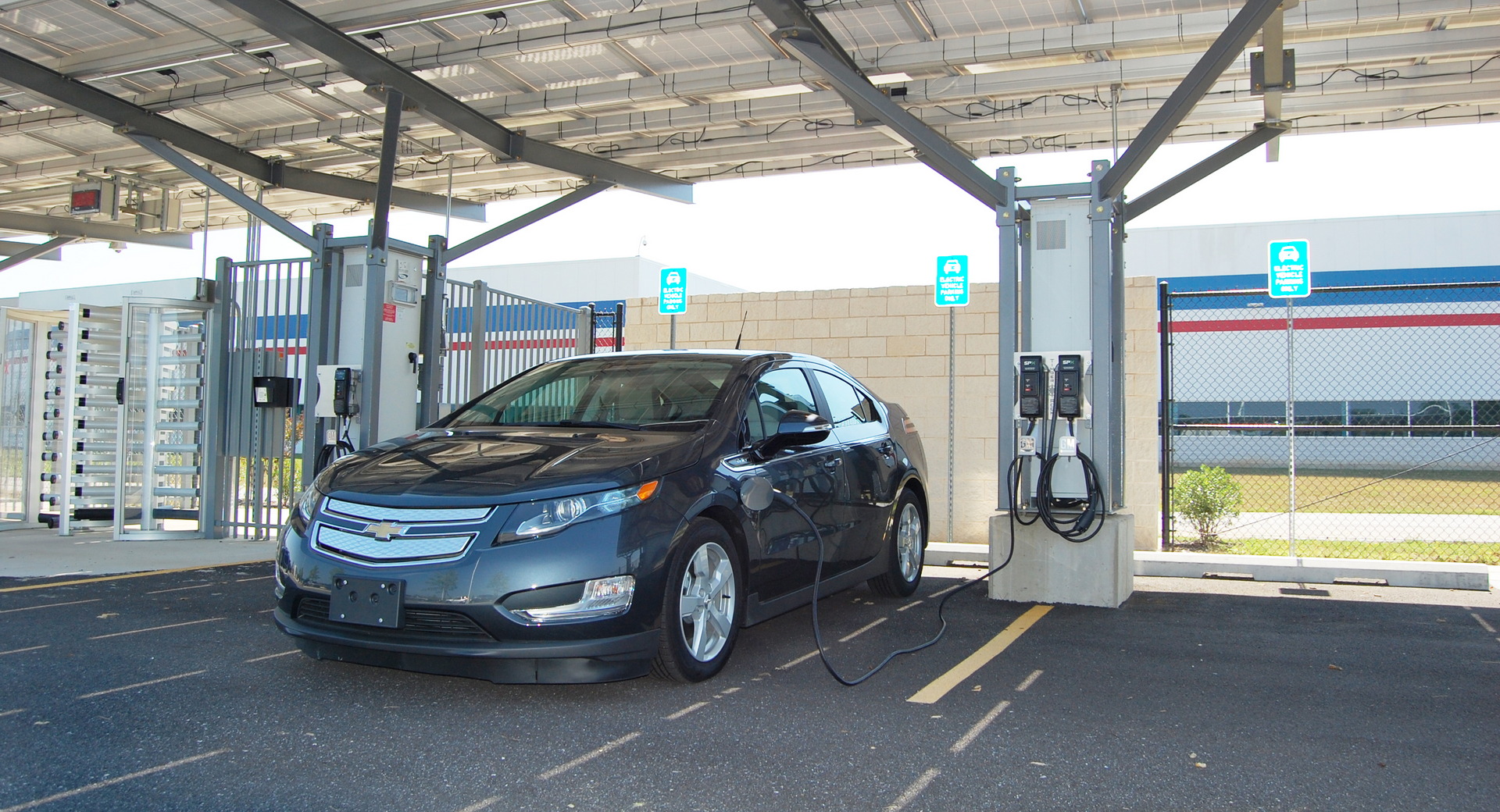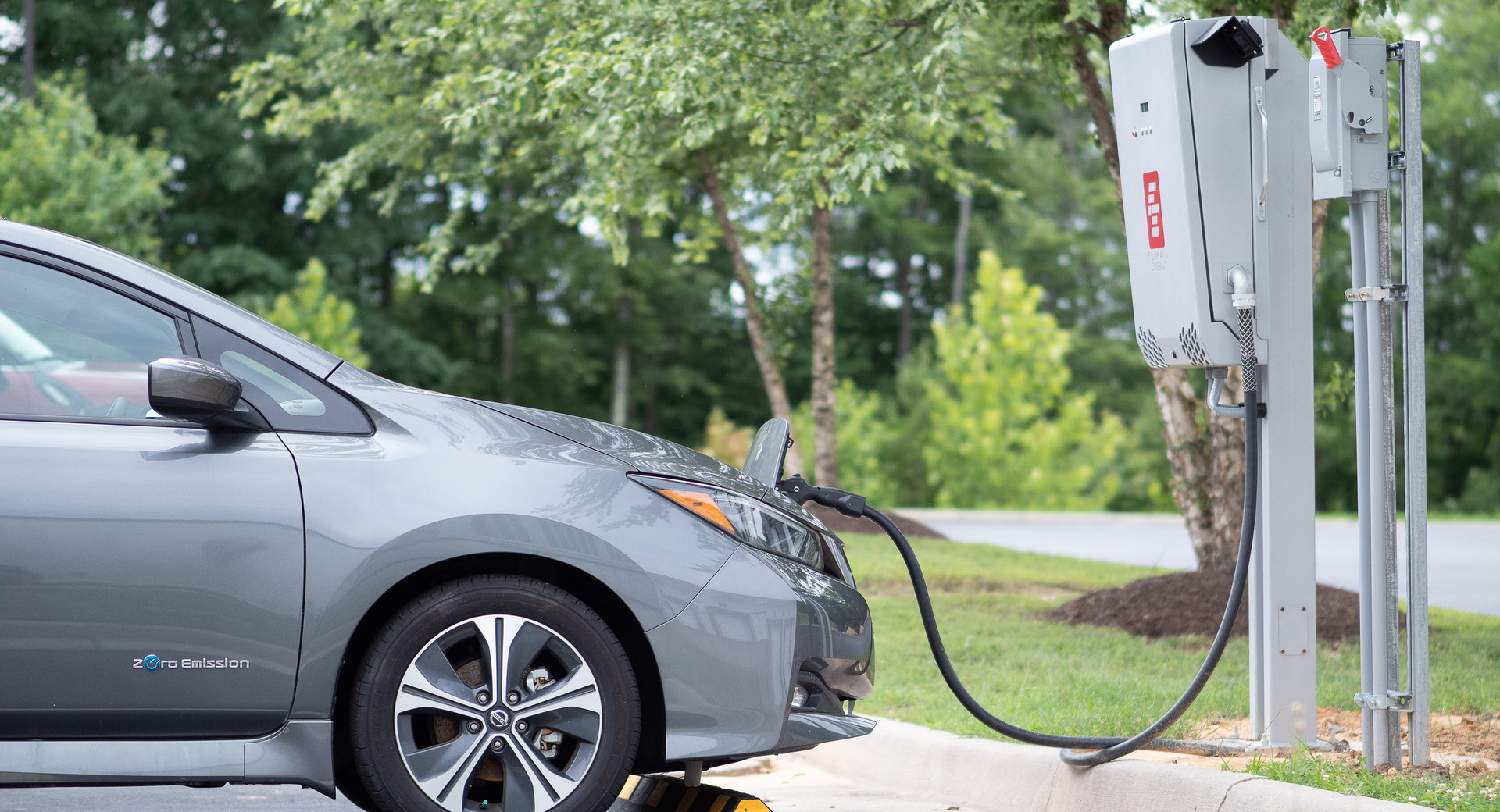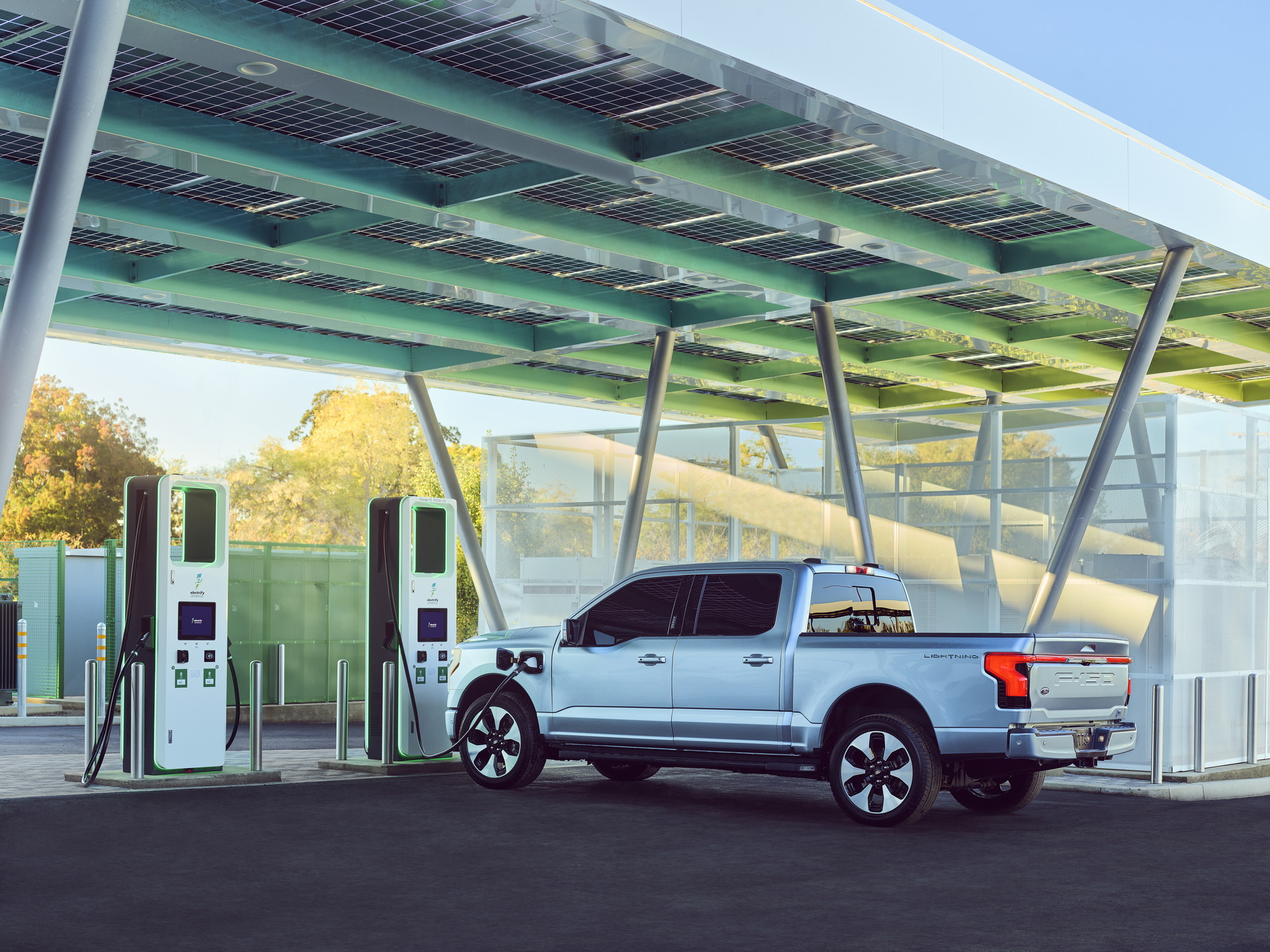The EV revolution appears to be well underway in the US, with the segment recently achieving a 5 percent share of the market, which analysts believe is a watershed moment that indicates the beginning of rapid growth.
It’s in line with the government’s efforts to push EVs to consumers, and the White House has set an ambitious goal of making 50 percent of all new vehicles sold in 2030 EVs. President Joe Biden emphasized his administration’s thinking by declaring at the recent Detroit International Auto Show that “The great American road trip is going to be fully electrified.”
Still A Long Road Ahead
Despite the heavy push by federal and some state governments (such as California, which plans to ban the sale of gasoline-powered vehicles by 2035), consumers still show reluctance to completely switch to EVs, mostly due to concerns regarding range and the availability of charging stations, as reported by The Guardian. With less than 50,000 public charging units available nationwide right now and maintenance of them still sub-optimal, this is not an idle concern.
See Also: More Than Half Of New Cars Sold In The US Will Be Electric By 2023
To help ease these concerns, last month the Biden administration greenlit states’ plans for a federally funded project (worth up to $1.5 billion) to install 500,000 public chargers across the nation, part of a larger $7.5 billion allocation for EV charging infrastructure overhaul. However, one potential problem with this plan is that spending will be decided on a state level.
Meanwhile, EV advocates reiterate that one large problem that needs to be addressed is that people living in apartments or multi-family homes often find it challenging to charge EVs at home. Also, the availability of charging stations is currently said to be significantly less in disadvantaged communities.
Light At The End Of The Tunnel
Some cities are proactively dealing with this by requiring new parking structures to have sufficient charging stations installed, while others, such as Hoboken, New Jersey, are working to create streetside charging networks that are accessible to all residents within a 5-minute walk.
Other technology that is at the development stage includes magnetized roads that can charge EVs as they drive along and bidirectional charging, which allows EVs to put energy back into the grid. Some experts hope that excess EV energy can eventually be used to take some of the power generation loads in times of excess demand, reducing the need for polluting power plants.
Overall, according to the International Council on Clean Transportation, the US seems significantly more poised to electrify than it did just six months ago, which is very encouraging for the future.







